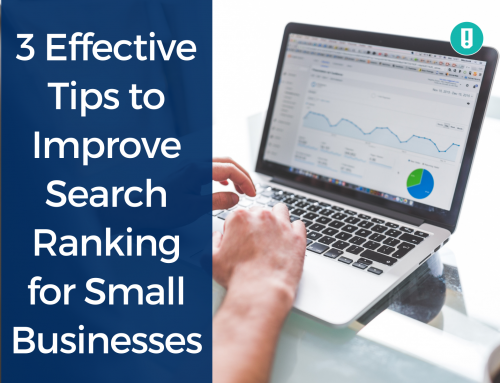Learn about mobile’s role in email marketing, design tips, and the basics of autoresponders in “Email Marketing for Small Business [Part 1].”
Now you may ask, if email is everywhere and anyone can send it, why do I need an email marketing tool?
- Legal requirements with CAN-SPAM Act of 2003 – this prohibits the inclusion of deceptive or misleading information and subject headings and requires identifying information and an opt-out link. Your customers must be able to unsubscribe if they do not want to receive further information. Email marketing tools ensure you are in compliance.
- Trackability and analytics – sending an email is only half of the equation. After your email is sent, gaining knowledge about open rates, click through rates and deliverability is critical to evaluating and adjusting your email campaigns.
- Sophisticated and efficient design – templates offered make it a snap to create professional looking emails.
- Powerful branding – creating campaigns with consistent imagery builds and strengthens your brand.
After planning and developing your message, you want to ensure that your email reaches your customers’ inbox. Here are some key points to keep you out of the spam folder:
- Use an even amount of text and images. If your email has too many images (or is simply one large image) you can increase your spam score.
- Carefully construct your subject line. Don’t use all caps, multiple exclamation points or spam words like amazing, click here, free, order now, etc.
Email List Segmentation
Your customers are unique, so why send them all the same messaging? Tailor your message and segment your list according to things like purchase history, preferred brands, products or services.
39% of marketers who segmented their email lists experienced higher open rates and 24% experienced better deliverability and greater revenue. (Lyris Annual Email Optimization Report)
Subject Line Formula for Better Open Rates
A subject line can make or break the open rate of your email campaign. In fact, 35% of email recipients open email based on the subject line alone. (Marketing Profs) Follow this formula when constructing your subject line to knock it out of the park.

More Subject Line Dos and Don’ts:
- DO – incorporate emojis ❤️??
- DO – relate to current trends
- DON’T – use SPAM words (Act Now, 100% Free, etc.)
- DON’T – use all caps or multiple exclamation points
When Should You Send?
Choosing the right day and time and send to your email is an important factor in ensuring your message will be opened and read. Depending on your target audience and your goals, this can vary. Below are the suggested optimal times and days for B2C consumers based on intended goals.*
Goal: Opens
Best Time: Saturday, 12:00 am
Goal: Clicks
Best Time: Saturday, 12:00 am
Goal: Responses
Best Time: Saturday, 6:00 am
(Propeller CRM)*Please note that these are just suggestions extrapolated from the findings of multiple studies. You should choose the strategy that you feel works best for you and your business.
Ready To Send?
You’ve done the work and followed the guidelines and now you’re ready to send. Here is your final checklist before you hit that button.
- Send a test email to yourself (and a few staff members)
- Check the email on both a desktop computer and a mobile device
- Construct a strong subject line
- Select your targeted email list
Determining Your Campaign Success
After your campaign is out the door and in your customers’ inbox, it’s time to see how your numbers stack up. Industry standards suggest that the average open rate is 21% and the average click-through rate is 2.5%. If you find that your emails are not performing, don’t stress, you can make changes to improve! Utilize analytics to see what’s working and what’s not, and then adjust your subject line, call to action, target audience, etc. for future sends.
The digital landscape is more important than ever in marketing your business. Email marketing is an essential tool in communicating with and engaging your customers.





Leave A Comment